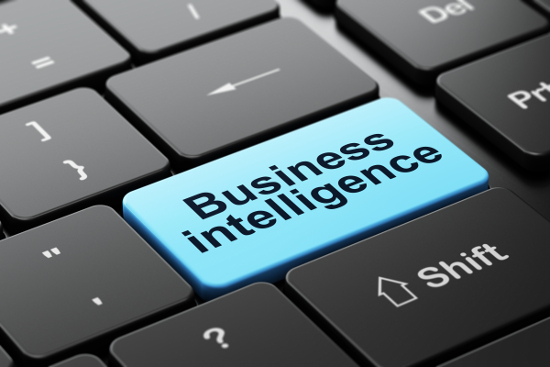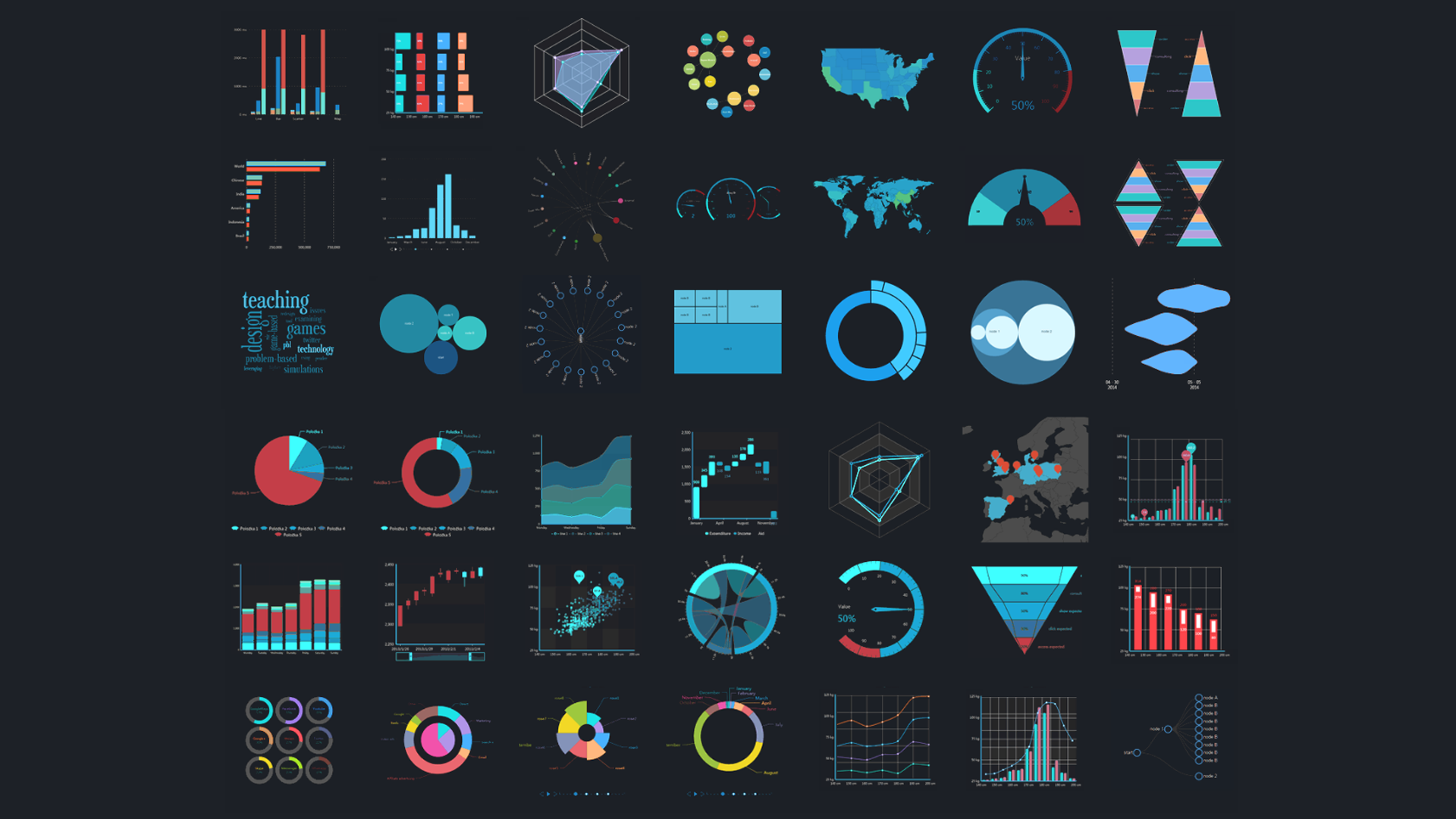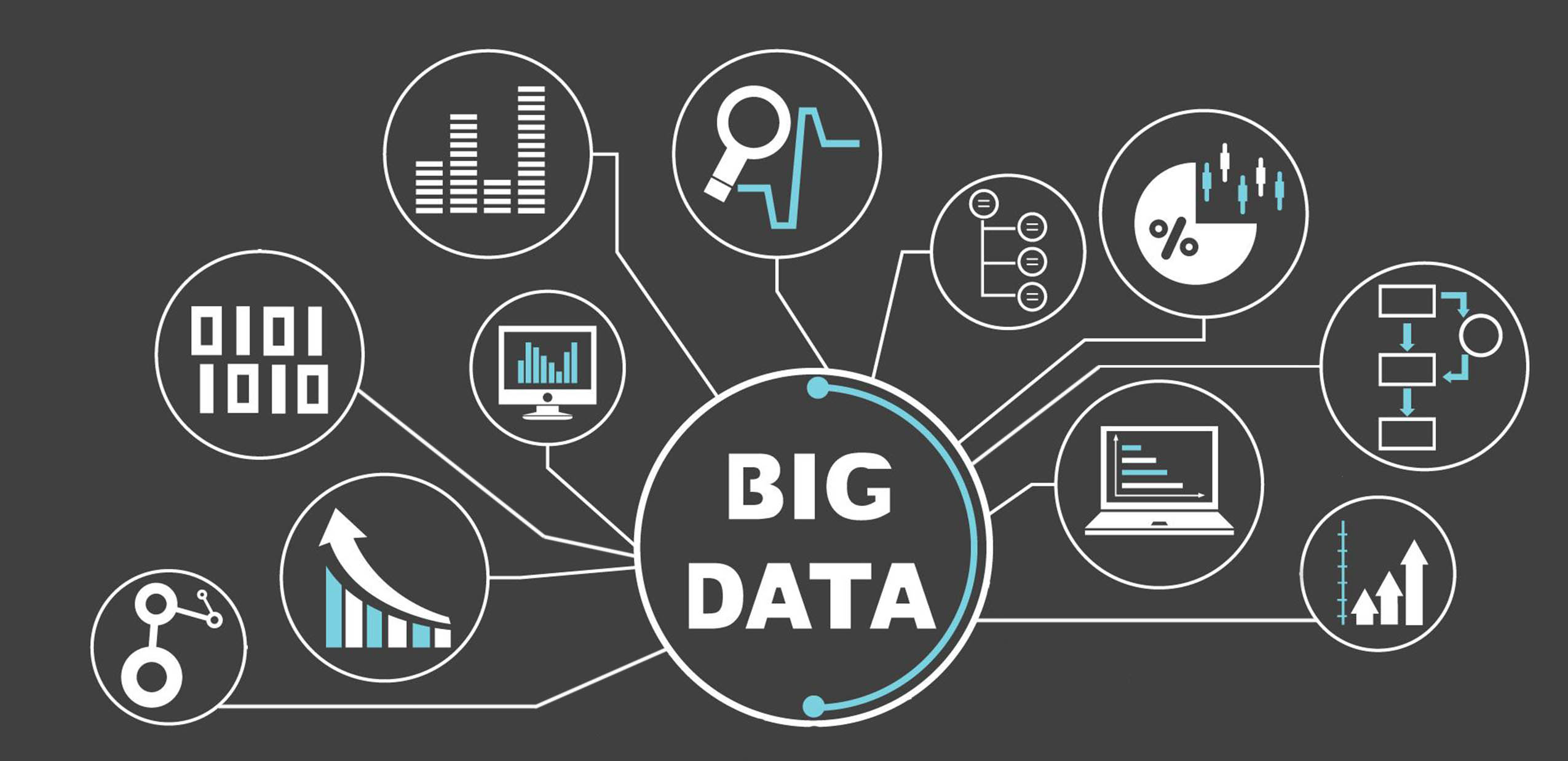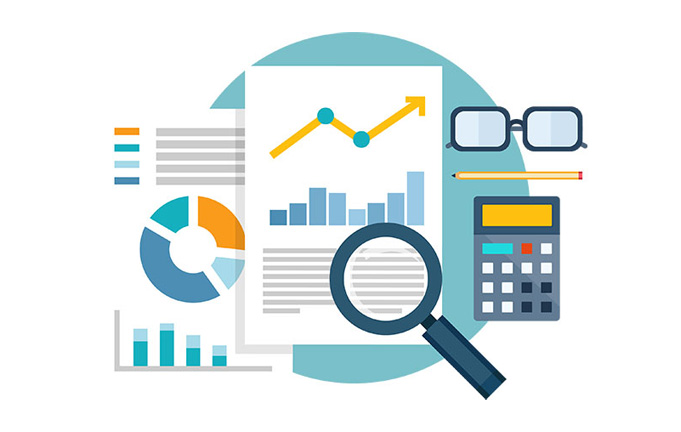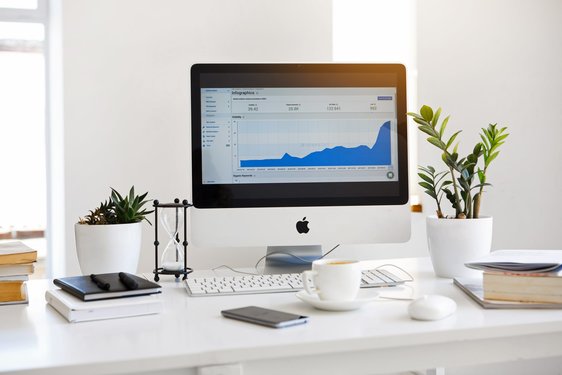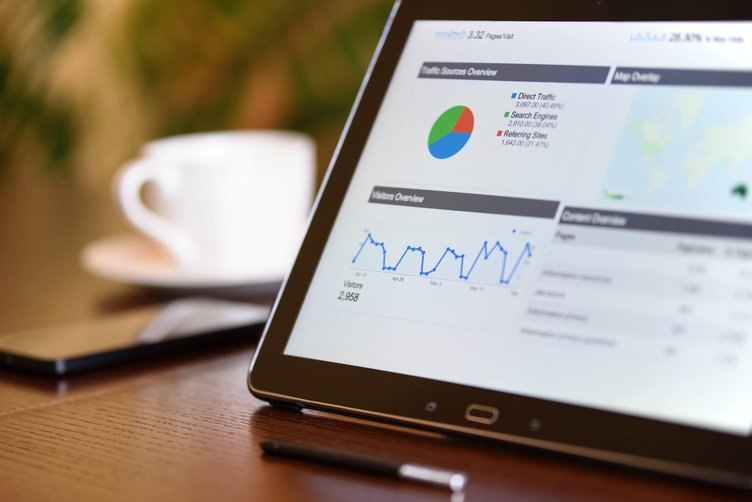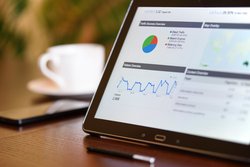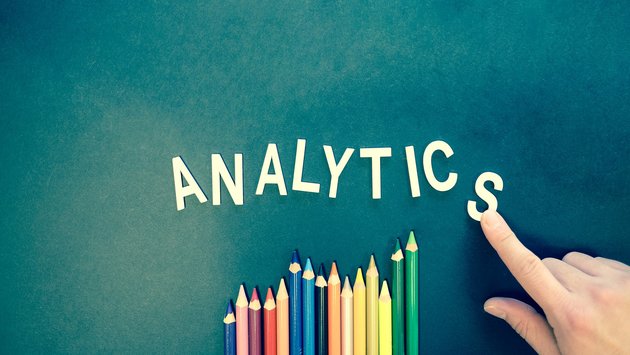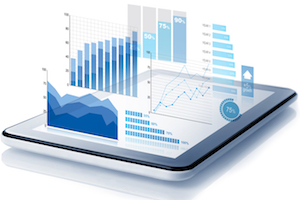Since as far back as the early 1900s, modern technology has been making an ever-increasing impact on businesses of all types and sizes. While the role of manual workers may have shifted from labor to administrative roles, few will argue that in virtually every area, these evolving technologies have made life easier and businesses more profitable.
In this bold new age where one of the main drivers to invest in business intelligence is that it is essential for keeping pace with your competitors, those who fail to do so are ever more likely to fall by the wayside. The good news is that there has never been a better time for your company or organisation to make better use of the available hardware and systems.
Making Improvements at all Levels with Business Intelligence
From enhanced communications and seamless accounting to the ability to instantly access information, business intelligence has already permeated into even the most labor intensive
operations. While IT and mobile communications have long been recognized as leading on the cutting edge, other evolving systems are now vying for marketplace dominance within many business sectors. At the forefront of these rapidly evolving systems is something which is collectively referred to as business intelligence or BI.
A brief overview of what business intelligence is
Simply put, the term “business intelligence” is something of an umbrella term used to describe the systems and software which deal with data or information within an organization's automated process. While these are more pertinent to data and IT, business intelligence can be seen at work anywhere that technology handles processes at high speed.
Some of the benefits of business intelligence for business is its ability to increase productivity, enhance communications and provide improved service to clients. Its main use, however, is in discovering, storing and analyzing the ever-increasing data mountains which modern businesses and organisations are almost compelled to produce. This phenomenon, which is also known as “big data” is the biggest single driver of the expansion of business intelligence.
Some common uses of business intelligence in data include:
- Huge improvements in speed and accuracy of business reporting
- Instant online or cloud access to analytical reports
- Fast and efficient data discovery and mining
- Data processing and storage
- Real-time business reporting on business management and performance
- The ability to analyse and predict based on the available data
Through business intelligence integration with software, PCs and handheld devices; this data can be made readily available to those within an organisation who need to access it. With this in mind, the ever-present need (if not the necessity) to link business intelligence to your existing technologies becomes increasingly apparent.
The importance of IT devices in relation to business intelligence
Having realized the huge potential offered through using business intelligence within companies and organisations, it naturally follows that there are several advantages to be had from extending this technology to the use of IT devices. In doing so, you will open up a plethora of opportunities and benefits to your business and your clients including:
- Streamlined and more efficient production and supply chain operation
- Enhanced and accurately targeted marketing strategies
- Improved customer relations (CRM)
- Smoother operating logistics from raw material supply through to the end-user
- Accurate and real-time financial information along with improved handling of human resources
Bearing in mind these advantages, it becomes clear that any strategy and subsequent investment in business intelligence related to data handling would not be complete without factoring in improved IT and devices.
Meeting the challenges of outpacing device obsolescence
One of the downsides (perhaps the only one) of the breakneck speed at which this new technology evolves is the very real threat of device obsolescence. When you stop to consider the spiraling cost of the average smartphone or other IT device, “tooling up” a full staff can soon begin to represent a substantial capital investment.
Not only is this a burden on finances, but it will also impact on the overall cost of your business intelligence budget. Considering how quickly today’s new device can become yesterday’s obsolete model, this state of affairs presents many owners and company finance directors with a very real challenge.
One solution to this dilemma is to simply rent or lease the required hardware with the option to exchange it when the technology moves on. While the business may never actually own the devices, it will benefit from not being restricted by the need for further and unforeseen capital expenditure in the future. By factoring in the device payments as a regular business expense, they will always be able to keep pace with your own business intelligence as and when it evolves.
Moving forward with BI
One fact you can rely upon is that business intelligence looks set to keep on expanding and integrating with other existing technologies. As these technologies are adapted to keep pace, there is also likely to be a faster rate of obsolescence which will, in turn, create an increasing need for organisations to implement device replacement programs. Those businesses which adapt to these changes now are likely to be among those which enjoy the highest levels of success with business intelligence and all that it has to offer.
As is so often remarked in business circles, “there is no standing still in business” and this couldn’t be any truer than in the case of keeping pace with BI and its associated systems.



